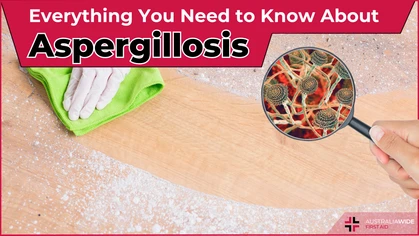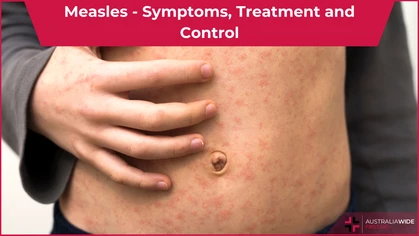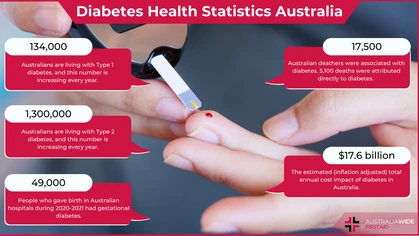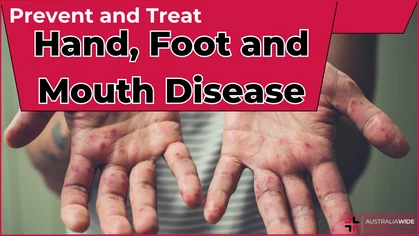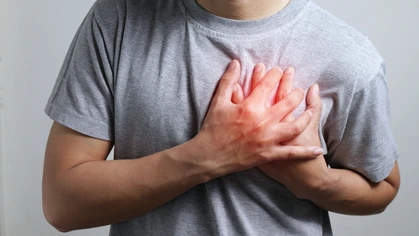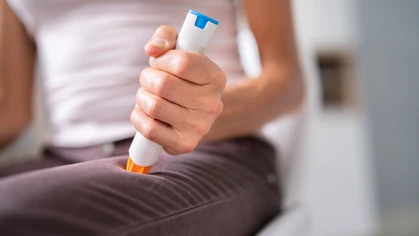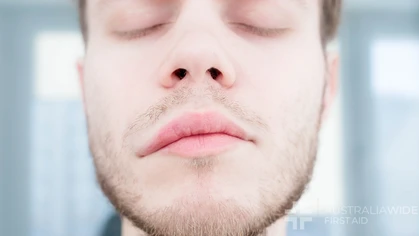Stroke Rehabilitation and the Road to Recovery

Disease
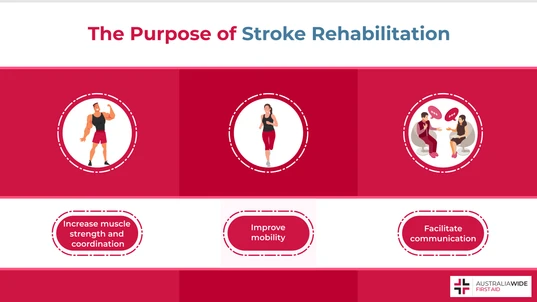
A stroke is a medical emergency in which the blood supply to a part of the brain is suddenly disrupted. Strokes can impair a person's critical thinking, movements, and life functions. However, rehabilitation is available to help stroke survivors regain their livelihoods.
A stroke is a medical emergency in which the blood supply to a part of the brain is suddenly disrupted. Without prompt medical treatment, stroke survivors can sustain permanent brain damage and long-term cognitive, emotional, and physical complications. However, treatment is available to help stroke survivors improve the plasticity of their brain and learn to live with any disabilities they may have acquired. Join us in this article as we explore the long-term complications of strokes, and the rehabilitation options available to help stroke survivors regain their livelihoods.What are Strokes?
Before we delve into the long-term complications of strokes, it is important to firstly understand what strokes are. A stroke can occur when an artery responsible for carrying blood to a part of the brain suddenly ruptures or becomes blocked. Brain cells rely on blood to receive life-sustaining oxygen and nutrients. As such, when their steady supply of blood is suddenly disrupted, they can begin to die. If the blood supply to the brain is not restored promptly, whole swathes of it can die, develop scar tissue, and subsequently leave the casualty with permanent brain damage. Depending on which part of their brain is damaged, stroke survivors can sustain several different cognitive, emotional, and physical complications. For more information about the risk factors and signs of stroke, check out the National Stroke Foundation and their annual awareness campaigns, including National Stroke Week.Long-term Complications of Strokes
Our brain is responsible for all our bodily functions, including our thoughts, emotions, and motor skills. Our brain controls these functions using neurons (nerve cells), which communicate with one another using electrical impulses to relay information to, and receive information from, different parts of the body. Given the enormity of its responsibilities, the brain is organised so that each hemisphere (half) takes carriage of one side of the body – specifically, the right hemisphere controls much of the body’s left side, while the left hemisphere controls much of the body’s right side. Each hemisphere is further divided into lobes (areas) that oversee specific abilities. As such, the complications that a stroke survivor can sustain depends on which lobe and hemisphere the stroke damaged. Below we look at the possible complications arising from stroke damage to the three primary parts of the brain: the cerebrum, the cerebellum, and the brain stem.- The cerebrum: The cerebrum is the largest part of the brain, and it is located at the front and top of the skull. According to the Cleveland Clinic, the cerebrum is responsible for a wide variety of functions that help make us who we are, including conscious thoughts, actions, and sensory processing. As such, strokes affecting the cerebrum can lead to impaired movement, speech, vision, critical thinking, and bowel and bladder control.
- The cerebellum: The cerebellum is located at the back of the skull, near the brainstem. The cerebellum works in tandem with the cerebrum, brain stem, and spinal cord to coordinate voluntary movements, motor learning, and balance. As such, strokes affecting the cerebellum can lead to ataxia (impaired coordination and balance), dizziness, and nausea.
- The brainstem: The brainstem is located at the base of the brain. It relays information between the brain and other parts of the body, and so helps regulate vital ‘life-support’ functions like breathing, heart rate, and blood pressure. As such, strokes affecting the brainstem can lead to weakness, paralysis, and impaired chewing, swallowing, and speaking.
Stroke Rehabilitation
There are several treatment options available to help stroke survivors either: relearn old skills they may have lost when their brain was damaged; or, develop new ways of performing tasks to circumvent any disabilities they may have acquired. Rehabilitation helps stroke survivors adapt to their brain injury through repetitive actions that stimulate the brain’s neuroplasticity, its ability to form and reorganise new neural (nerve) connections. Neuroplasticity subsequently allows the brain to move functions from its damaged areas to its undamaged areas. According to the Stroke Foundation, it is important for stroke survivors to begin rehabilitation as soon as they are stable, as improvement is typically quickest in the first six months post-stroke. The amount and type of rehabilitation a stroke survivor receives will depend on the nature and extent of their brain injury. Their specialist rehabilitation team will also consider how much therapy they can manage, whether therapy will significantly improve their daily life, and whether they are able to set and work towards rehabilitation goals. It is typically recommended that their family and carers are also involved in any decision making about the rehabilitation process. This will ensure the stroke survivor's needs are always front and centre to the types of rehabilitation approaches that are decided on. Healthcare professionals that may form part of their stroke rehabilitation team include:- Occupational therapists: Occupational therapists are healthcare professionals who assess clients and provide them with devices and techniques for participating in activities (occupations) they find meaningful. Occupational therapists can assist stroke survivors with re-learning self-care skills, such as grooming, adapting to different tasks and environments, such as using a computer, and developing coping mechanisms for poor psychosocial health.
- Physiotherapists: Physiotherapists are healthcare professionals who assess clients and provide them with movement and exercise techniques for treating sports injuries, musculoskeletal issues, and chronic health conditions. Physiotherapists can assist stroke survivors with strengthening their arms, legs, and core to regain their arm function, mobility, and balance.
- Speech Pathologists: Speech pathologists are healthcare professionals who treat clients with developmental delays, brain injuries, and other problems that cause communication disorders, including difficulties with speaking, listening, and socialising. Speech pathologists can assist stroke survivors with overcoming aphasia (trouble with expressing and comprehending language), apraxia (trouble with mouth movements required for talking), and dysphagia (troubles with swallowing).
Conclusion
A stroke is a medical emergency in which the blood supply to a part of the brain is suddenly disrupted by a blocked or ruptured blood vessel. The longer a stroke survivor goes without medical treatment, the greater their likelihood of developing long-term health complications. The nature of these health complications also depends on which part of the brain was damaged during the stroke, and can include impaired movement, critical thinking, and heart and breath functions. However, several treatment options are available to help stroke survivors rehabilitate, relearn lost skills, and develop new ways to function. Stroke rehabilitation is a community effort involving not just the person affected by the stroke, but also their family, carers, and a suite of healthcare professionals that can include speech pathologists, occupational therapists, and physiotherapists. With the help of their support network, people affected by stroke can once again partake in the activities that brought their life meaning. For more information about the effects of stroke, book a First Aid course with us today. You can also head to our Article Library to learn more about stroke first aid, and how to identify and treat the symptoms of stroke.
Originally published at
https://www.australiawidefirstaid.com.au/resources/stroke-rehabilitation-and-recovery
as part of the Australia Wide First Aid Articles Library



